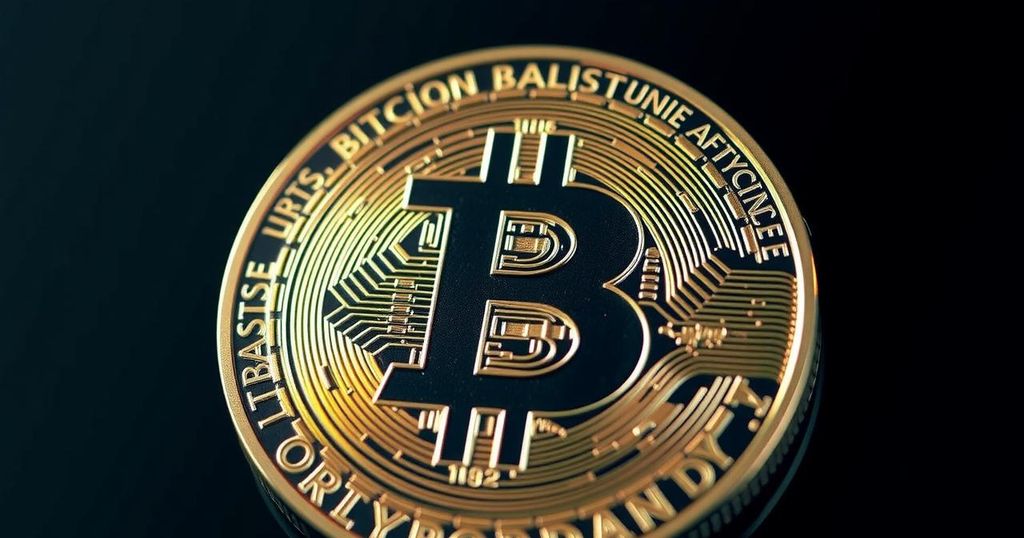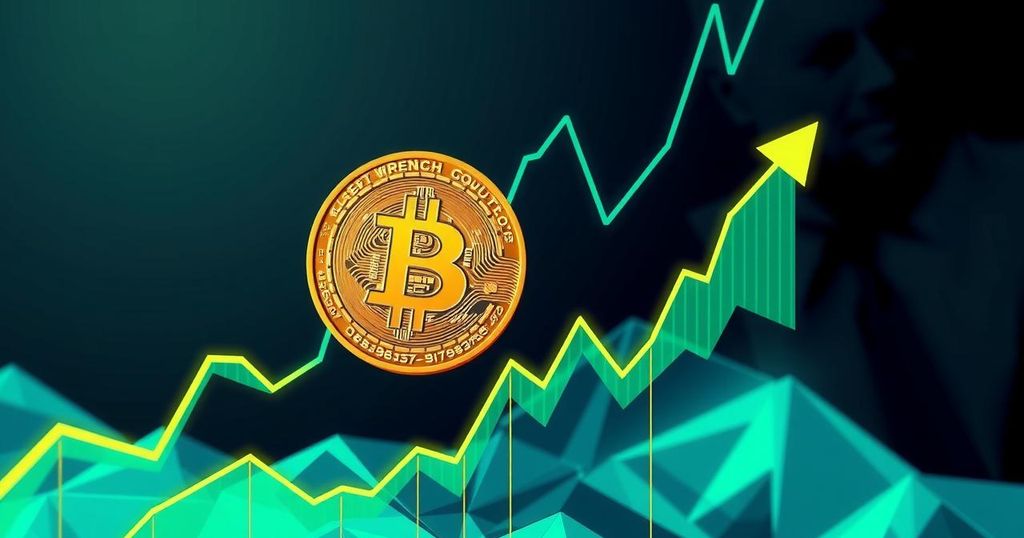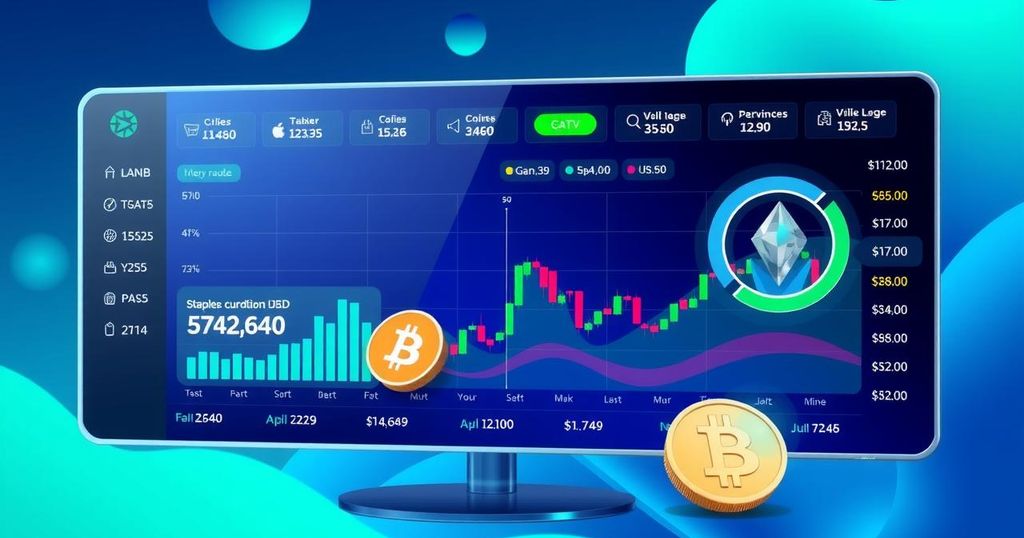JPMorgan’s Dimon Warns of Stagflation as Bitcoin Dips Below $60,000
Bitcoin’s price has been tumultuous recently, fluctuating between $65,000 and nearly $50,000. With warnings from JPMorgan’s Jamie Dimon about potential stagflation and inflation pressures, coupled with Elon Musk’s comments on U.S. dollar stability, the market braces for the Federal Reserve’s upcoming interest rate decisions, which could influence liquidity and the crypto landscape significantly.
In recent weeks, Bitcoin’s tumultuous journey has seen it oscillate between peaks of $65,000 and troughs nearing $50,000, alarming traders and investors. As the market holds its breath on interest rate movements from the Federal Reserve, JPMorgan’s CEO, Jamie Dimon, has issued a sober reminder of potential threats lurking in the economic shadows. In a candid address at a conference in New York, Dimon warned against the peril of stagflation—an economic nightmare characterized by stagnant growth coupled with rampant inflation. He described the perilous juncture we face, driven by spiraling national debt and rising infrastructure costs, suggesting these factors could ignite further inflationary pressure in the U.S.
Simultaneously, Elon Musk’s dire predictions of a U.S. dollar collapse amidst soaring national debt have fanned apprehensions. Traders are now caught in a precarious dance, contemplating the Fed’s impending interest rate decisions, which could either unleash a wave of liquidity or plunge the economy into chaos. Investment experts, including AJ Bell’s Russ Mould, note that the Federal Reserve might soon initiate its first post-pandemic rate cut, a move that could revitalize economic activity but also signal deep-seated concerns about the economy’s health. With a potential half-percentage point rate cut looming, the market awaits with bated breath, grappling with the dual-edged sword of monetary stimulus and the risk of economic turmoil.
As the crypto landscape fluctuates, it seems the impending Fed meeting could unveil a new chapter for Bitcoin and digital assets at large, with historically bullish indicators potentially enlivening the market as liquidity begins to flow anew. Traders remain hopeful yet wary, casting their sights toward the horizon, anxious to discern where the economic winds will blow next, and how those changes might reshape the crypto universe they inhabit.
Amidst this swirling volatility, the lessons gleaned from the past remind us that the dance of finance often hinges on the delicate balance between confidence and caution. The fate of Bitcoin, much like the ebb and flow of tides, rests in the hands of unseen forces and the very decisions made by those at the helm of economic power.
The cryptocurrency market is currently experiencing significant fluctuations, with Bitcoin’s price swinging dramatically in recent months. This volatility has ignited concerns among investors, particularly with warning signals being issued by respected figures in finance, such as JPMorgan’s CEO Jamie Dimon. With rising inflation rates, national debt exceeding $35 trillion, and hints of potential stagflation, the economic environment is complex. Stakeholders are particularly attentive to upcoming decisions by the Federal Reserve regarding interest rates, which could profoundly affect market liquidity and investor sentiment, especially in the context of Bitcoin. This backdrop sets the stage for understanding the intertwined fates of traditional finance and digital assets in an uncertain economic landscape.
In summary, the current climate surrounding Bitcoin and the U.S. economy illustrates a delicate interplay of potential risks and opportunities, with economic indicators painting a picture of uncertainty. Jamie Dimon’s stark warnings emphasize the precarious nature of our financial trajectory, suggesting that inflationary pressures, if not carefully managed, could lead to dire economic circumstances. As traders anticipate the Federal Reserve’s interest rate decisions, the outcomes remain unpredictable and capable of significant repercussions for both the cryptocurrency market and the economy at large. The path forward necessitates vigilance, as the intertwining of monetary policy and asset markets continues to unfold in a gripping financial narrative.
Original Source: www.forbes.com




Post Comment